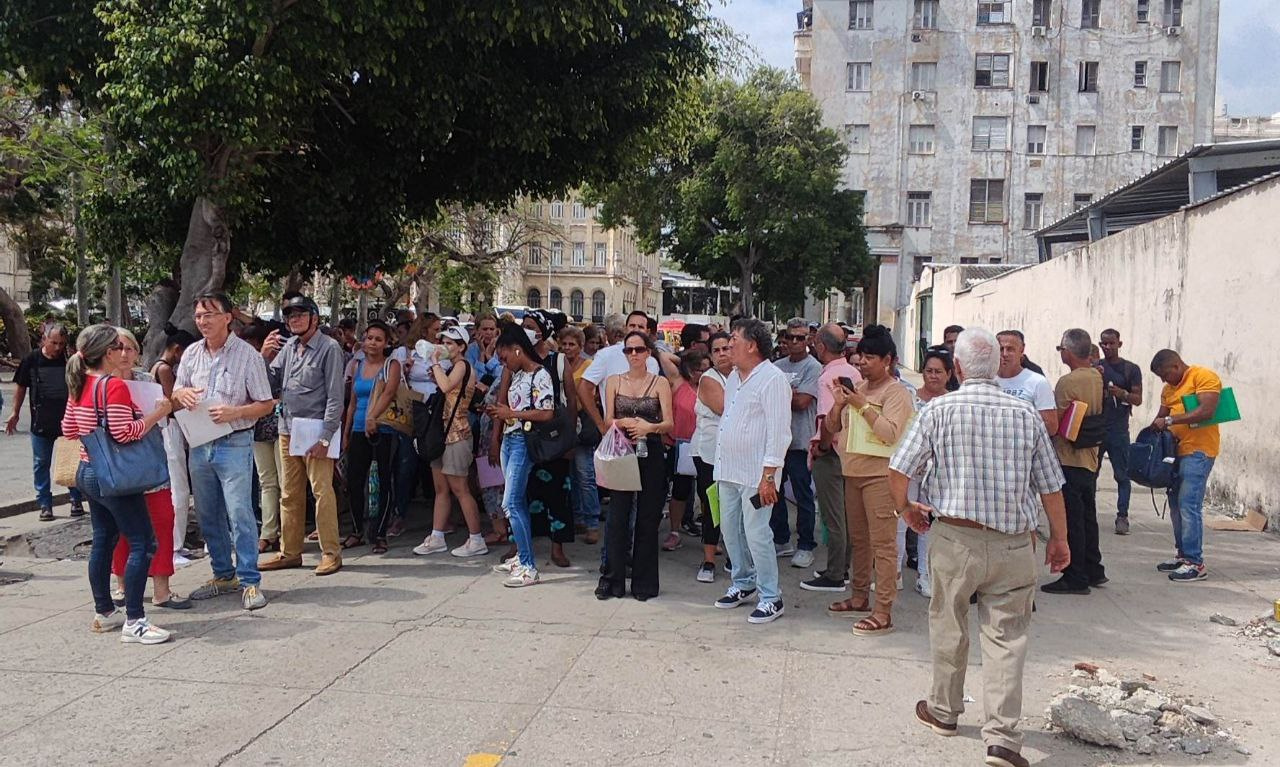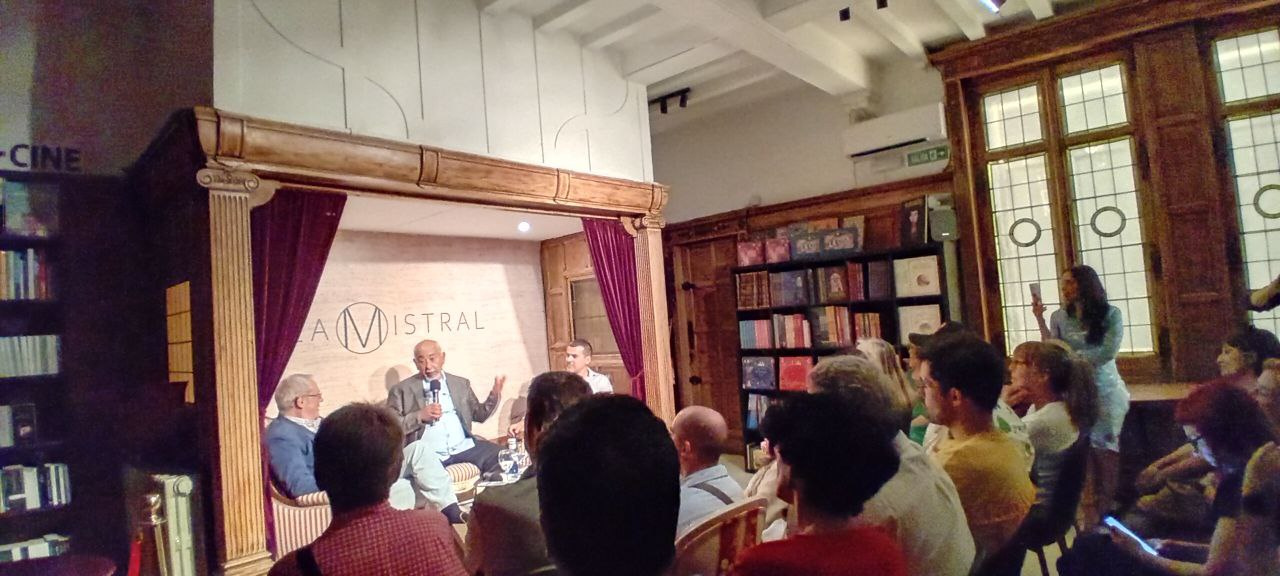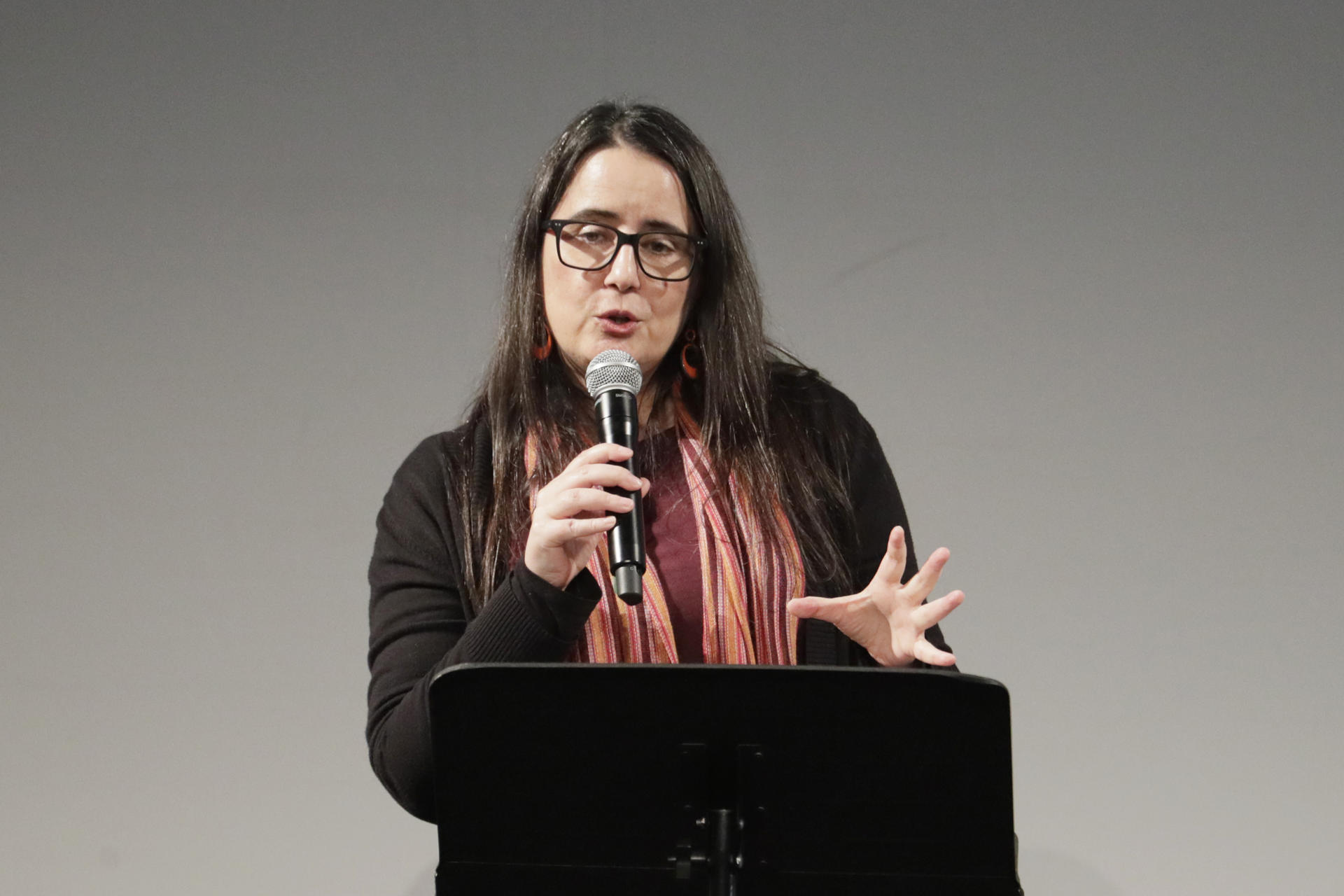Refuting Cuba’s National Television News: Facebook Post by Alberto Arufe Rodriguez. Friday, November 21, 2025.
Proclaimed by the people of Cuba in response to the regime’s inaction and negligence. The Cuban Nation, in exercise of its popular sovereignty and in defense of the fundamental right to LIFE and HEALTH, formally declares a National Health Emergency in light of the serious epidemiological crisis facing the country and the current regime’s manifest inability to respond effectively, transparently, and humanely to the ongoing catastrophe.
I. Considerations
1. That the Cuban people are facing an unprecedented health crisis, with the simultaneous spread of arboviruses such as dengue, zika, chikungunya, and oropuche, among others, affecting millions of citizens throughout the country, including children, the elderly, and pregnant women.
2. That hospitals and health centers are overwhelmed, unable to receive new patients, and that medical personnel are working in inhumane conditions, without basic supplies, diagnostic reagents, essential medicines, drinking water, or a stable electricity supply.
3. That the epidemiological surveillance system has completely collapsed, as laboratory tests and clinical confirmations cannot be carried out, and that the health authorities are deliberately concealing the magnitude continue reading
4. That the regime’s refusal to declare an official health emergency prevents the arrival of international aid, humanitarian donations, hospital supplies, specialized personnel, and logistical support from multilateral organizations and NGOs, blocking all avenues of assistance to the people.
5. That the government prioritizes tourism and the economic interests of military conglomerates such as GAESA—which controls more than $18 billion in assets—over public health, concealing the health disaster so as not to affect the income of the hotel sector or the privileges of the ruling elite.
6. That the Constitution of the Republic of Cuba, although distorted in its democratic spirit, recognizes the right to life, dignity, and health of all citizens, rights that are currently being violated in a massive and systematic manner.
7. That the international community, in accordance with the principles of the Charter of the United Nations, the Universal Declaration of Human Rights, and the International Health Regulations (2005), has a moral duty to intervene humanitarily when a State demonstrates its inability or unwillingness to protect its population in the face of a health emergency.
II. Declaration: Therefore, the people of Cuba, in their sovereign and inalienable right, proclaim a NATIONAL HEALTH EMERGENCY, in order to:
1. Highlight the magnitude of the epidemiological crisis and break through the information blockade imposed by the regime.
2. Call for immediate assistance from the international community, health organizations, and supportive governments.3. Protect the lives and health of Cuban citizens in the face of the criminal inaction of the state apparatus.
4. Demand the immediate opening of humanitarian corridors to allow the free entry of medicines, medical equipment, drinking water, specialized personnel, and technical assistance.
5. Request that the United Nations, the World Health Organization, the Pan American Health Organization, the International Red Cross, and independent medical organizations officially recognize the Cuban health situation as a public health emergency of international concern.
6.Urge democratic governments and international financial institutions to enable emergency assistance and loan programs administered directly by humanitarian agencies, without the mediation of the regime.
7. Call on the Cuban medical corps, both inside and outside the island, to organize solidarity networks for care, information, and supplies for the benefit of the people.
III. Moral and humanitarian justification
Health is a human right, not a concession of power. When a government turns illness into censorship, misery into silence, and death into statistics, it ceases to represent the people. Therefore, this declaration is not a partisan political act, but an act of love, life, and national dignity.
The Cuban people cannot continue to die of fever, pain, and neglect while those in power protect their hotels, their banks, and their propaganda.
This proclamation is based on a universal principle: “Where the state abandons the citizen, the citizen has a duty to raise his voice for their life and the lives of others.”
IV. Immediate demands
1. International recognition of the Cuban health emergency by the WHO, PAHO, and UN.
2. Urgent creation of an international humanitarian medical mission to assist the civilian population.
3. Guarantee of free access to health care without political conditions.
4. Transparency in epidemiological information, with the participation of independent doctors.
5. Temporary suspension of trade or financial restrictions that impede the flow of health resources to the island.
6. Protection for journalists, doctors, and citizens who report on the real health situation.
V. Final appeal
The people of Cuba proclaim this emergency on behalf of the sick who have no hospital,
– the doctors who work without syringes,
– the children who sleep with fever without diagnosis or antipyretics,
– the mothers who pray for their families,
– and the elderly who cannot even access painkillers.
We urgently call on the free nations of the world, on people of solidarity, on humanitarian organizations, and on Cubans in the diaspora to join forces and save lives.
We are not asking for political intervention, we are asking for humanitarian intervention, based on the principles of international law and the universal defense of life.
Cuba does not need speeches, it needs help. Cuba is not asking for charity, it is demanding assistance. The people cannot wait any longer.
Proclaimed in the name of the people of Cuba, for life, truth, and national dignity.
Share this message through all possible channels so that it reaches as many people, institutions, organizations, and governments around the world as possible. Do it for Cuba.
Do it for Cubans. If you can’t do anything, just spread the word.
#CubaEstadoFallido #SOSCuba
Translated by Gustavo Loredo



















 January 21, 2025
January 21, 2025